Mine Clearing, the Work of Heroes

Since the late 1980s, the mine-clearing community has been working hard to protect citizens in communities contaminated by landmines. For instance, Central America was badly contaminated with mines and unexploded ordinance because of conflicts in that era. The great news is that by 2010, Central America is landmine free. Today, Ukraine is now in acute need of a similar success story.
Prior to last year’s Russian invasion, landmine clearing organizations such as the HALO Trust along with 12 other national and international organizations, were already hard at work removing landmines from the eastern conflict areas stemming from Russia’s 2014 illegal seizure of Crimea. Since the February 24, 2022 invasion of Ukraine, the Russians have been laying hundreds of thousands of additional landmines.
Landmine clearing organizations are undertaking a Sisyphean task. One expert, Dr. Suzanne Fiederlein, Director of the Center for International Stabilization and Recovery (CISR) at James Madison University, said that “Since the February 24th invasion, we’re up against a whole new scale of contamination.”
Russian forces are using sophisticated Zemledeliye mine-laying tanks to scatter landmines throughout farmland, in bodies of water, and across cities in Ukraine. Their objective in doing so is to hit Ukranians from all fronts: rendering cropland unusable, water unsafe, and cities unlivable.
Mine clearing professionals and organizations are equipped to help Ukraine demine their land, but it’s difficult to scale their effort because of the technical skills, knowledge and robust training that is needed to make this effort safe – or at least safer. It requires technical knowledge of the explosive devices they will be encountering, an understanding of how firing pins work in many different configurations, and training on the proper usage of all equipment and protective gear. In addition, as landmine design evolves and changes, organizations must remain up to date on the way these explosives operate and what to look for.
In order to demine Ukraine as quickly as possible, legislators need to not only provide Ukraine with the weaponry they need to combat the Russians, but the training and resources that citizens and nonprofit volunteers need to safely remove mines and help their country recover economically and physically from this brutal invasion.
The mine clearing community has made giant strides since it emerged in the 1980s. From Dr. Fiederlein’s perspective, “We’re getting better and better at what we’re doing: we’re better able to communicate with each other; we’re conducting research and putting it into practice; and our Journal of Conventional Weapons Destruction helps people working in this field learn the most current ways of dealing with the problem.” But as the situation becomes more acute, the research is ongoing and more people need to be able to help Dr. Fiederlein and her colleagues clear these mines.
The demining community is playing an essential role in mitigating this man-made catastrophe: They’re saving millions of people from potential starvation by reclaiming mine-contaminated fields. Their work saves individuals from lifelong injury or death.
Possibly those in the mine-clearing community don’t think of themselves as heroes – but we know they are. It’s up to us to ensure they have the manpower and supplies they need to keep doing this essential work and keeping themselves safe as they clear mines and save lives in Ukraine.
War Correspondent Mitzi Perdue writes from and about Ukraine. She is the Co-Founder of MentalHelp.global, an on-line program that will begin providing online mental health support in Ukraine, available on-line, free, 24/7.
